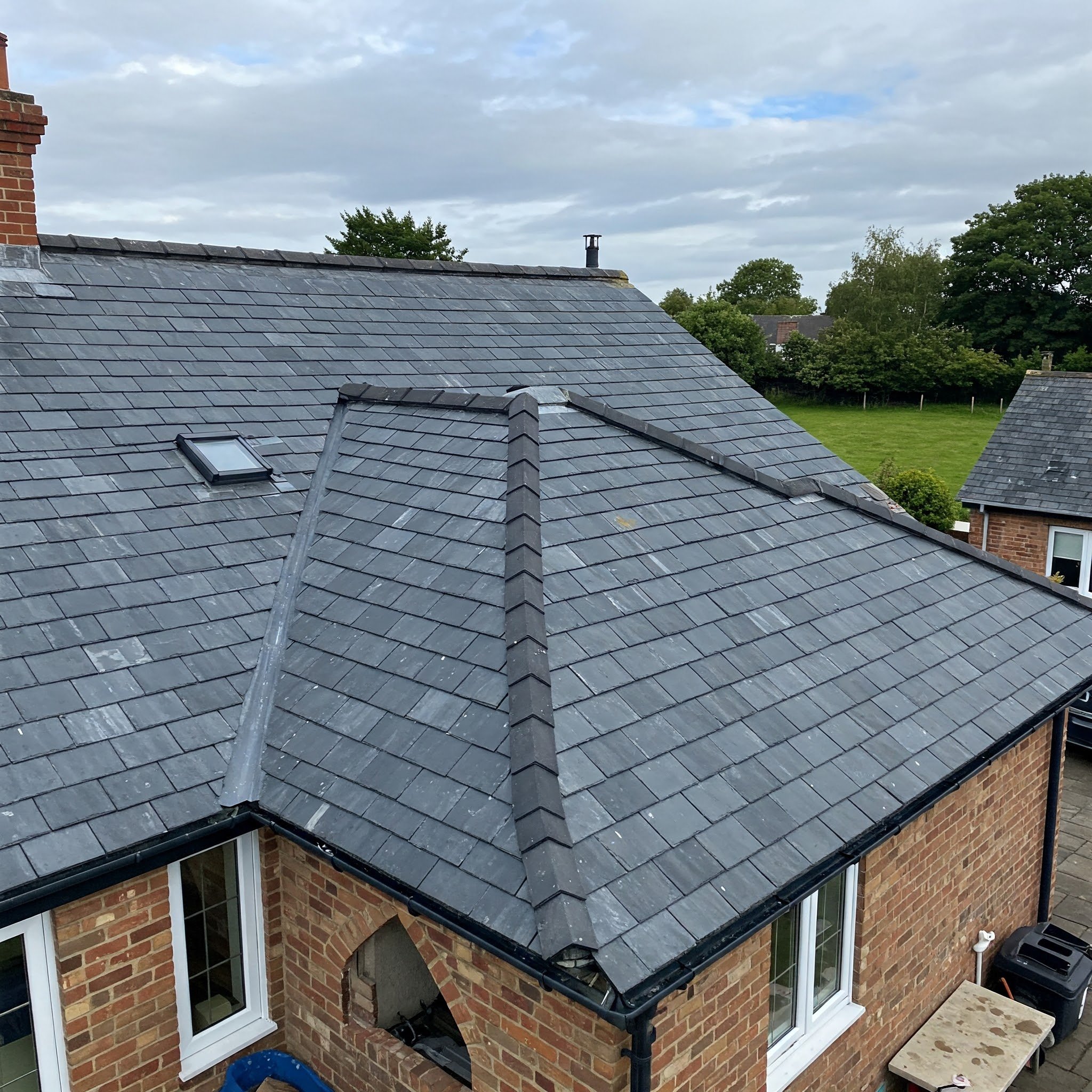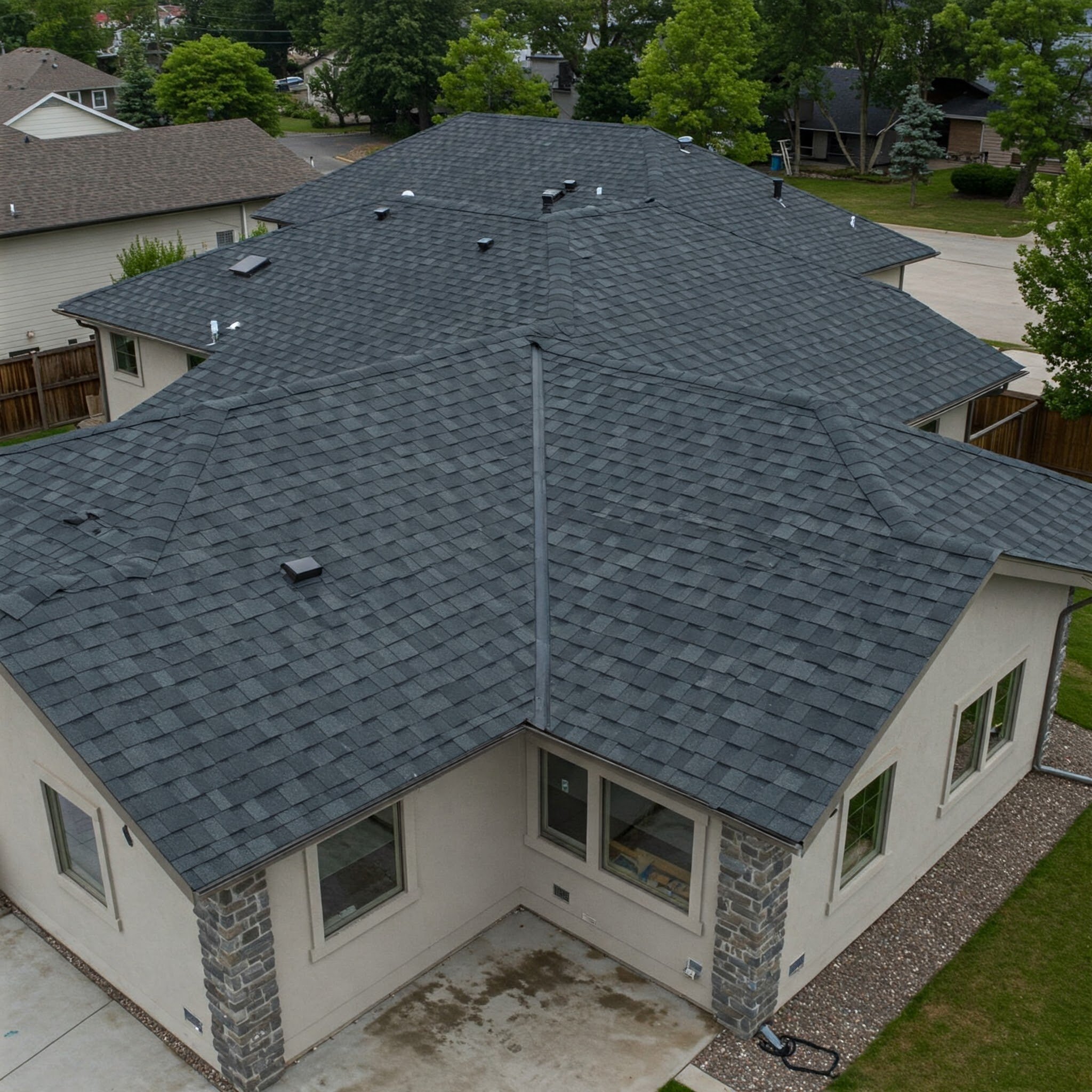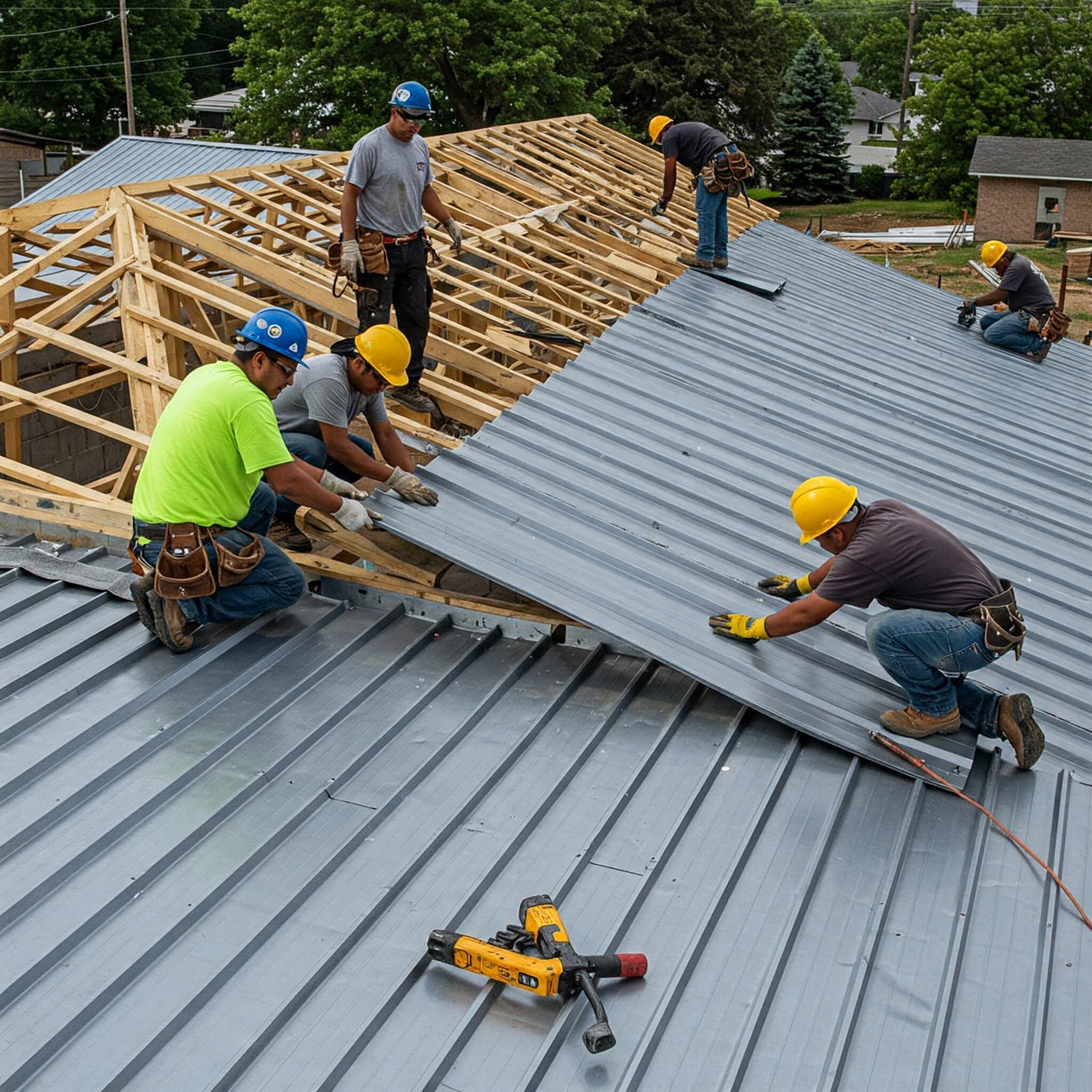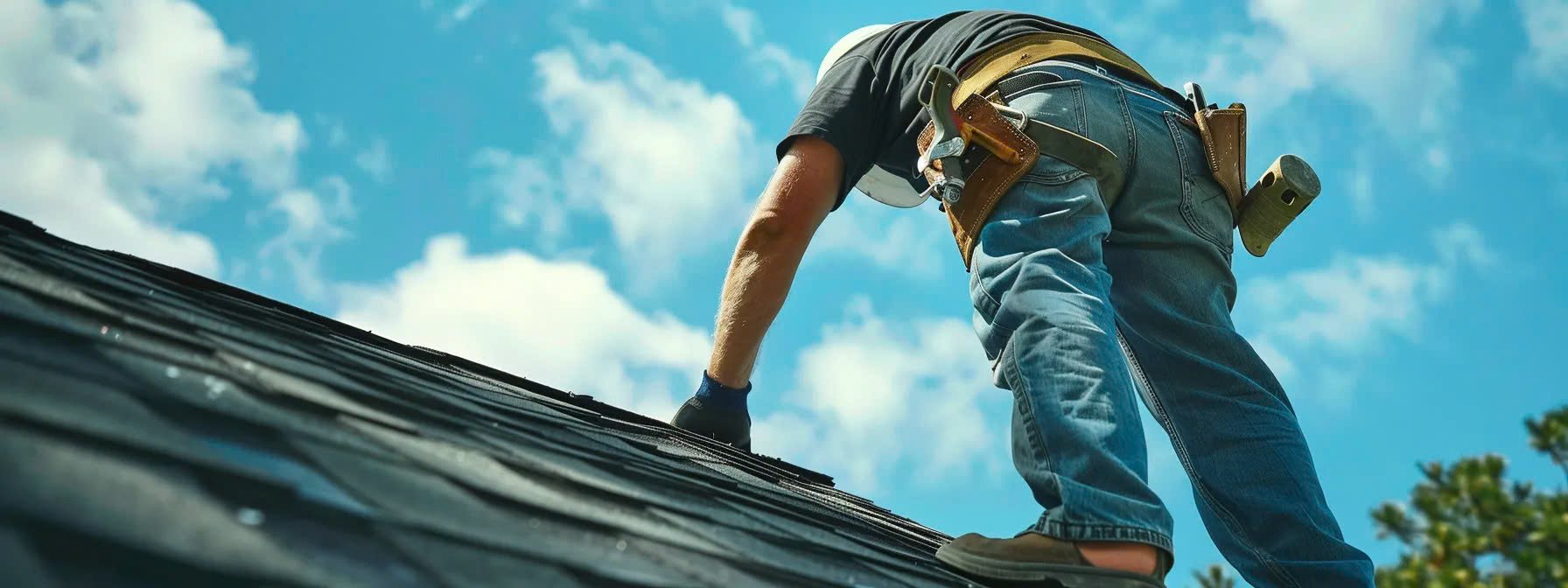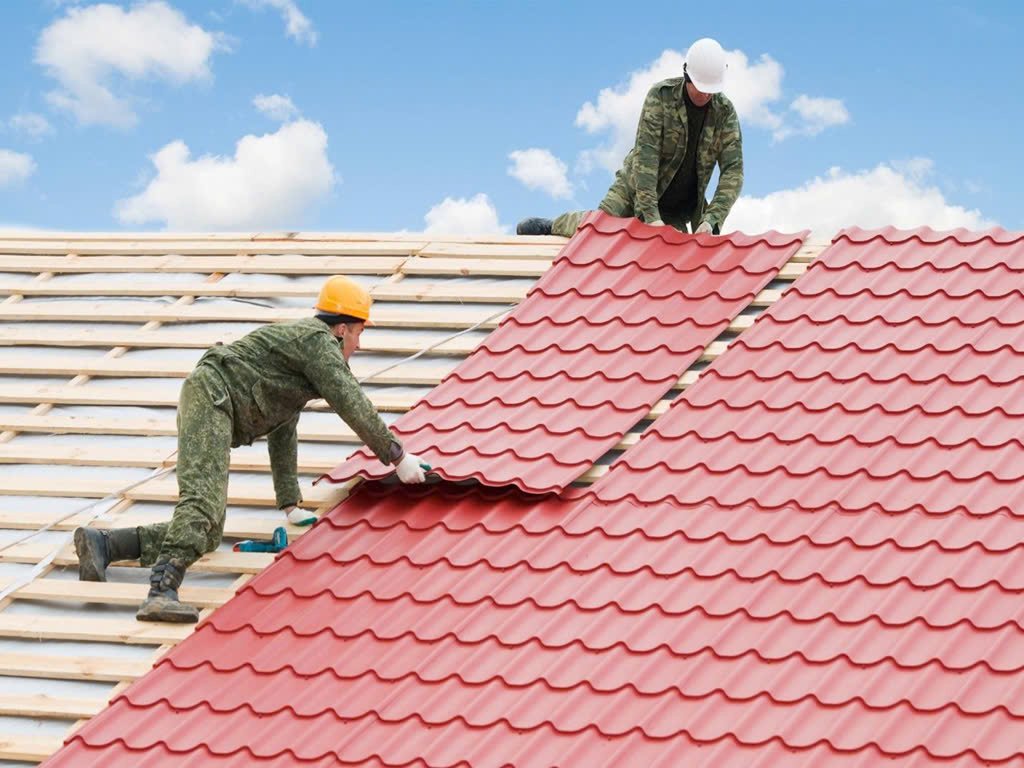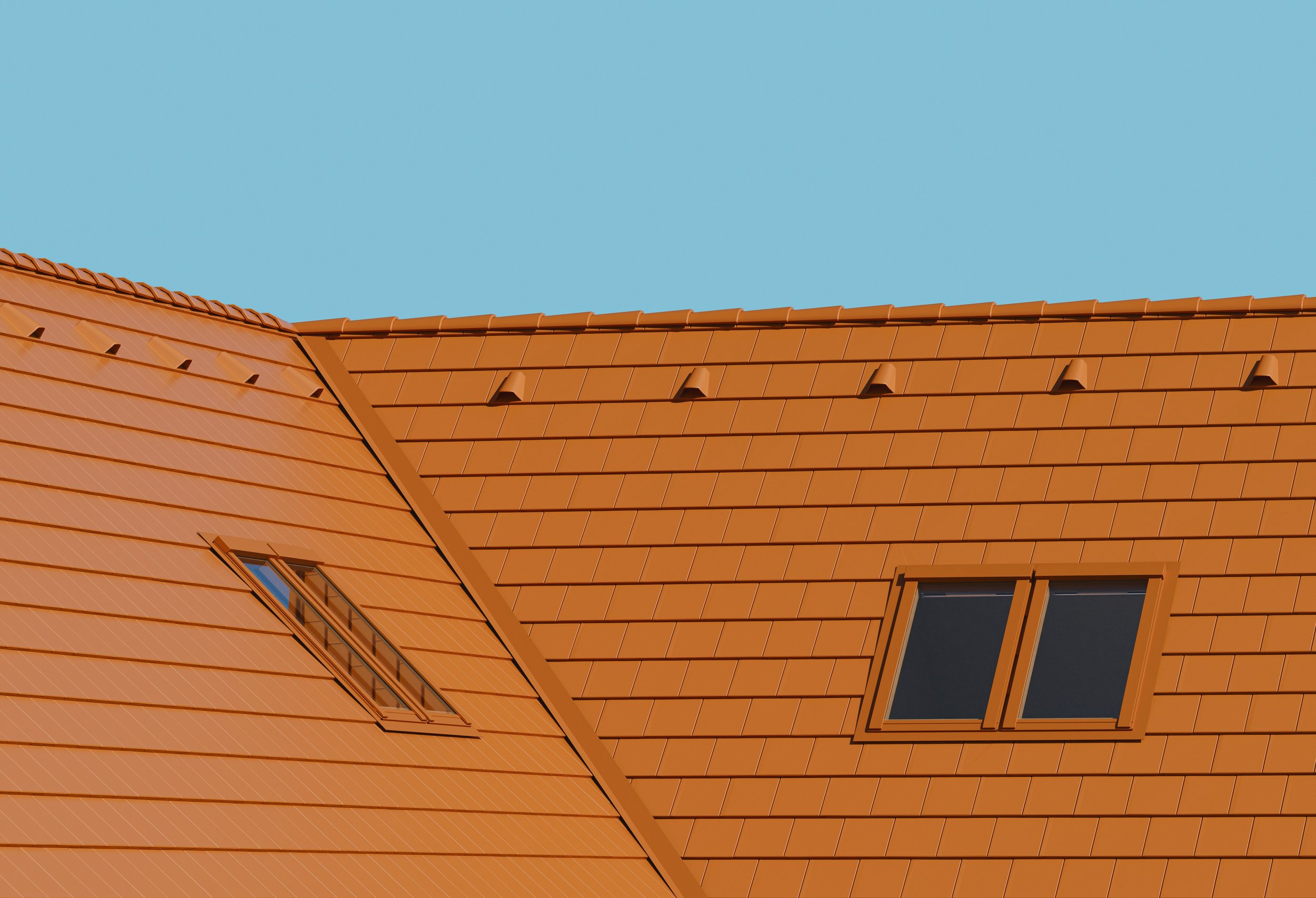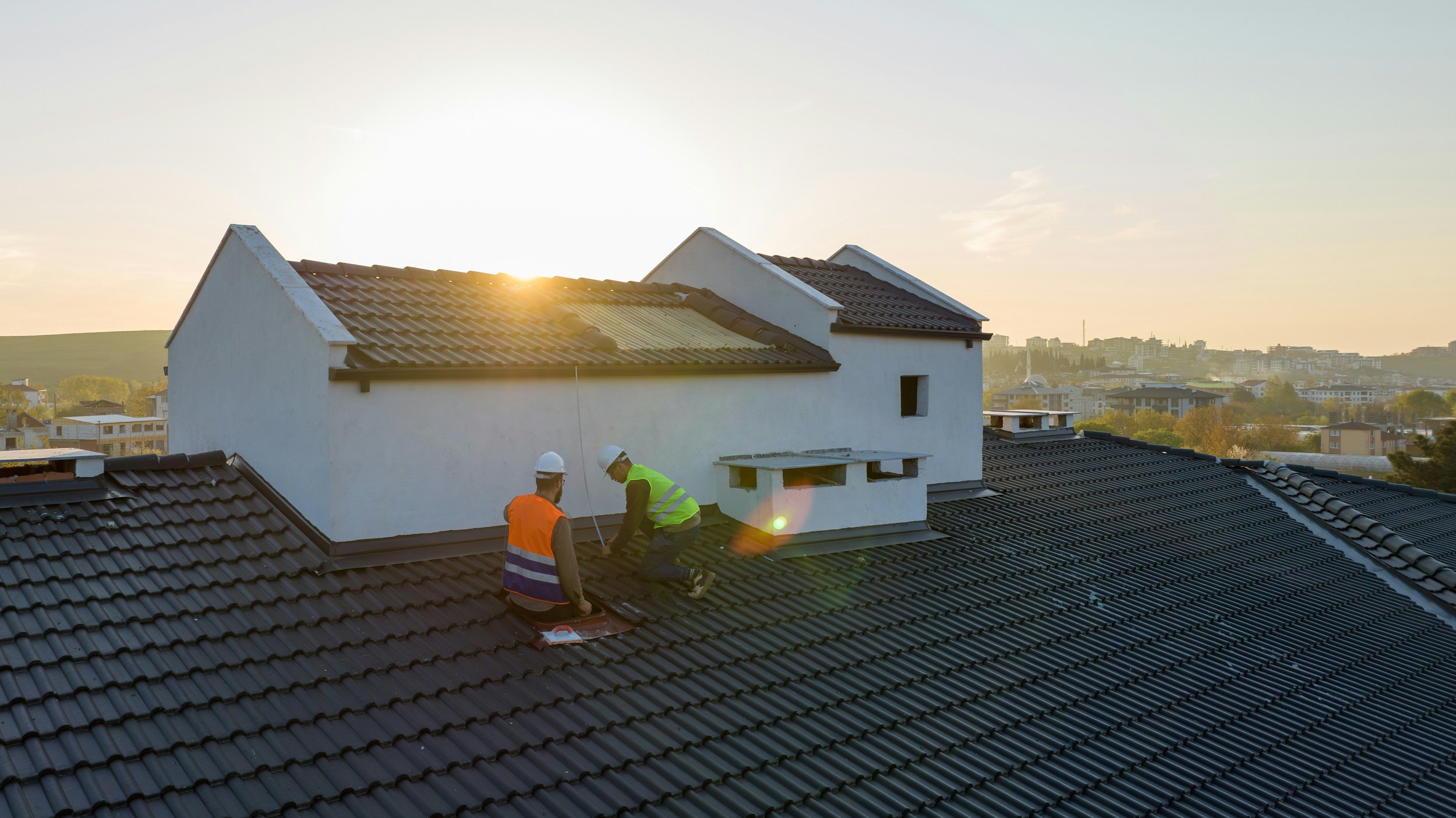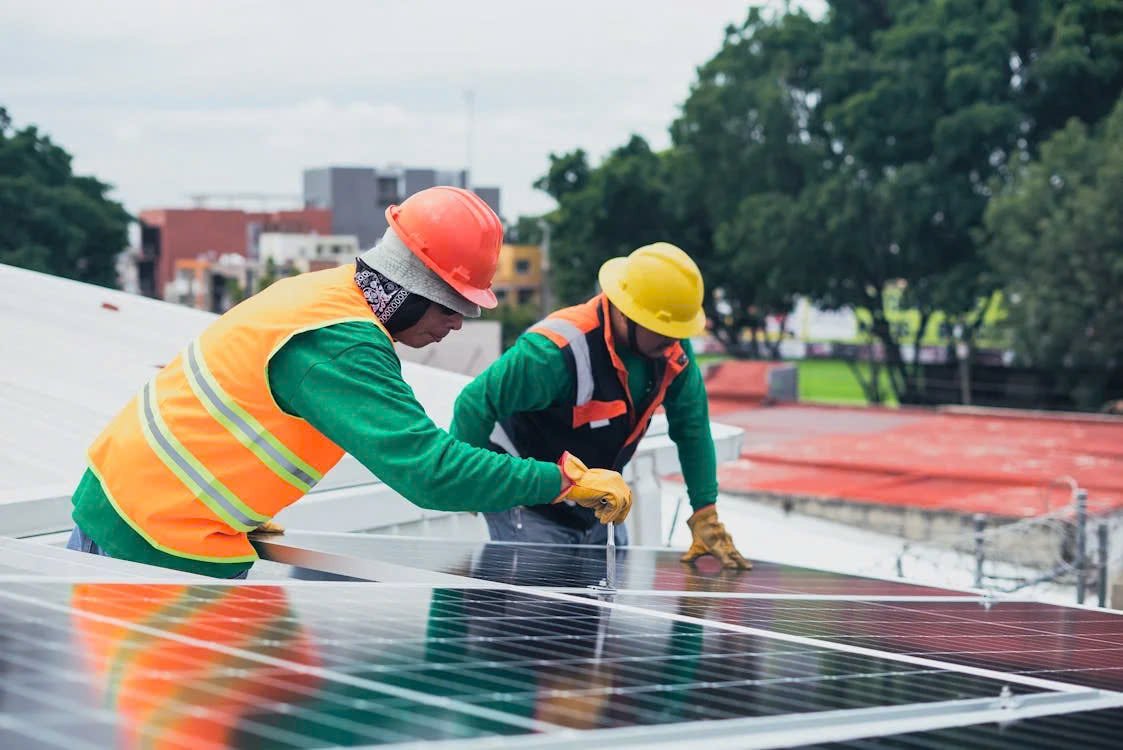What to Expect During a Roof Installation or Replacement Process
Learn what to expect during a roof installation or replacement process, from initial planning to final inspection, for a smooth and stress-free experience.
A new roof is one of the most significant investments you can make for your home. It enhances curb appeal, improves energy efficiency, and protects your property from the elements. However, the process of installing or replacing a roof can be daunting if you don't know what to expect. This guide provides an overview of each stage, ensuring you're well-prepared for what lies ahead. Whether you're upgrading your current roof or dealing with roof storm damage, knowing the steps can make the experience smoother and less stressful.
What Happens Before Installation
Preparation is key to a successful roofing project. Once you've chosen a contractor and signed a contract, they will perform a thorough inspection of your current roof. This involves checking for structural integrity, water damage, and any underlying issues that need to be addressed before the new roof goes on. Afterward, the contractor will help you select materials that suit your budget and aesthetic preferences, whether it’s asphalt shingles, metal roofing, or tile.
Before the work begins, it’s essential to secure the area around your home. Contractors will often recommend removing or protecting outdoor furniture, covering delicate plants, and relocating vehicles to keep them clear of the work zone. Safety is a top priority for both the crew and your household. To maintain an organized site, contractors may also bring in a dumpster to manage debris efficiently. Transform your roofing project into a hassle-free experience with Home Pro Roofing, offering expert roof repair, replacement, and premium metal roofing solutions designed just for you.
The Day of Installation
The installation day is where the real transformation begins. It typically starts with the removal of your old roof. This process, known as tear-off, involves stripping away all existing shingles and underlayment to expose the decking beneath. Contractors will carefully inspect the decking for damage and replace any compromised sections to ensure a solid foundation for your new roof.
Next comes the installation of underlayment a moisture-resistant barrier that protects your home from water infiltration. Depending on the material you’ve chosen, additional layers like an ice and water shield may be applied. Afterward, the roofing material is installed, starting from the bottom edge and working upwards to ensure proper water runoff. Flashing is added around vulnerable areas like chimneys and vents, while ridge caps seal the roof’s peak for added durability.
Throughout the process, the crew will focus on quality and efficiency, ensuring every nail and seam is perfectly aligned. Depending on the size and complexity of your roof, the installation may take one to several days. Rest assured, reputable contractors prioritize both craftsmanship and cleanliness, so your property remains tidy even during the messiest phases.
Post-Installation Inspections and Cleanup
Once the new roof is installed, the job isn’t quite finished. A thorough inspection is conducted to ensure every detail meets industry standards and your expectations. This includes checking for proper alignment, secure fastenings, and seamless transitions around vents and chimneys. Contractors will also ensure that your gutters and downspouts are free from debris that might have accumulated during the installation.
Cleanup is another essential step. Nails, shingles, and other debris will be meticulously collected and removed from your property. Magnetic tools may be used to sweep the area for stray nails, and protective coverings will be removed from your plants and outdoor furnishings. At this point, your contractor should review the project with you, addressing any questions or concerns and providing guidance on how to care for your new roof.
Maximizing Your New Roof’s Lifespan
A new roof is a long-term investment, and proper maintenance is crucial to maximizing its lifespan. Start by scheduling regular inspections, especially after severe weather events. Address minor issues promptly to prevent them from escalating into costly repairs. Keep your gutters clean to ensure proper drainage and avoid water pooling near your roof’s edges.
Additionally, stay vigilant for signs of wear and tear. Curling shingles, granule loss, or leaks are all indicators that your roof may need attention. By staying proactive and working with trusted professionals, you can ensure your roof remains in excellent condition for decades to come. Remember, the quality of your contractor and materials plays a significant role in your roof’s durability, so always choose reputable providers who stand by their work.
Conclusion
Understanding the roof installation or replacement process can turn a potentially overwhelming experience into a manageable one. From the initial inspection to the final cleanup, knowing what to expect at each stage ensures you stay informed and confident in your decisions. A well-installed roof not only enhances your home’s value but also provides peace of mind knowing your family is safe and secure. Trust the experts to guide you through the journey, and enjoy the benefits of a sturdy, reliable roof for years to come.


